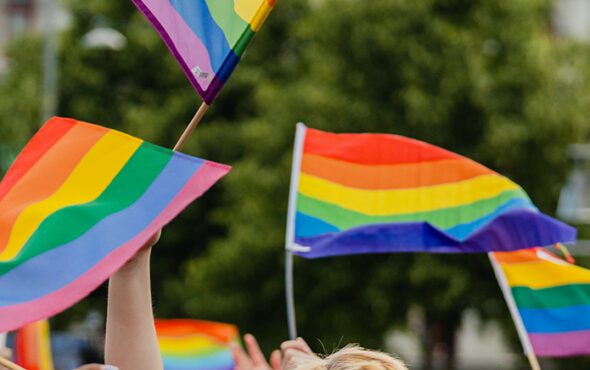
The percentage of LGBTQ+ Americans has doubled since 2012.
Although U.S. adults’ identification as LGBTQ+ held steady last year after showing notable increases in 2020 and 2021, Gallup reports an increase from 3.5% to 7% over the past decade.
Based on aggregated polling data from Gallup’s telephone surveys, which encompassed interviews with over 10,000 U.S. adults, over 7% said they identify as lesbian, gay, bisexual, transgender or “something else, allowing them to choose multiple identities”.
86% of U.S. adults said they are straight or heterosexual, while 7% chose not to answer the question – meaning the amount of LGBTQ+ adults could be higher.
Those who are bisexual made up 4.2% of all U.S. adults while one in five identify as gay and one in seven identify as lesbian. Transgender visibility wasn’t as high, with fewer than one in 10.
According to Gallup, an analytics and advisory company based in Washington, DC, 5% of adults identify as “something other” than LGBTQ+.
“In 2022, Gallup for the first time recorded the preferred identity of those who indicated they were something other than heterosexual besides the traditional lesbian, gay, bisexual or transgender identities,” they wrote.
“Most of these individuals said they were queer, pansexual or asexual. Roughly 1%-2% of LGBT adults — equivalent to 0.1% of all U.S. adults — prefer each of those identities.”
The study discovered that adult members of Gen-Z, which comprises of people born between 1997 and 2004, and who were aged 18-25 in 2022, “are the most likely subgroup” to identify as LGBTQ+ with a figure of 19.7%. This is compared to Millennials at 11.2% and 3.3% “or less” among older generations.
13.1% of Gen-Z’s identify as bisexual, 3.4% as gay, 2.2% as lesbian and 1.9% as transgender, all of which are higher than it is for all other generations.
“The proportion of bisexual adults relative to other LGBT identities is higher among younger than older age groups,” said Gallup.
“Two-thirds of LGBT individuals in Generation Z identify as bisexual, as do 62% of LGBT millennials. In older generations, less than half of LGBT adults say they are bisexual, although it is still the largest subgroup of LGBT adults in Generation X. In the oldest two generations, LGBT individuals are most likely to identify as gay.”
Gallup concluded that, since they started measuring identification in 2012, U.S Americans that identify as LGBTQ+ has become more common, “though in the past year, the figure has been stable.”
As a result of the higher numbers of LGBTQ+ identification in Gen-Z, Gallup expects the LGBTQ+ population to continue growing.
Check out the full study from Gallup here.



